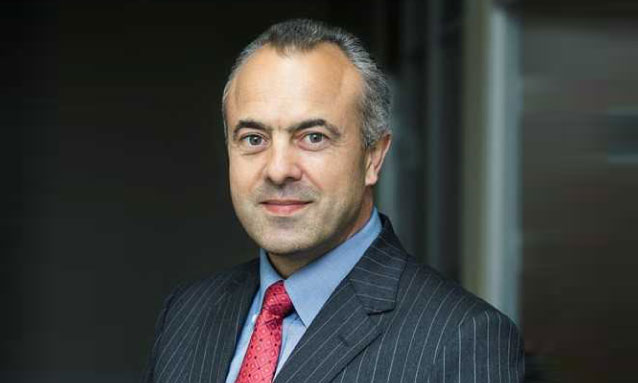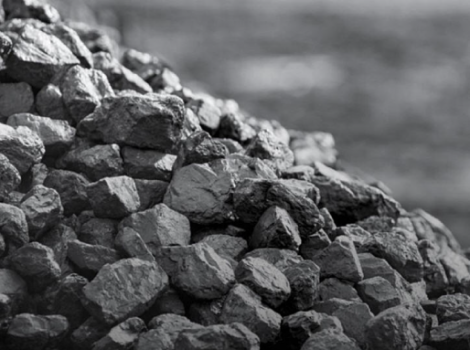
When John Munro and Johan Ferreira were last employed in the South African gold sector, it could still claim a stake as an influence globally. National production in 2010 was just short of 200 tons, comprising about 8% of world production and making the country the globe’s fifth-largest producer.
By 2019, gold production was 100 tons and people employed in the sector totalled 100,000, about 60,000 less than in 2010, according to Minerals Council South Africa data. The country is a bit part player in the world’s gold mining stakes. Even in Africa, South Africa has been overtaken by Mali and Ghana. Munro left his job as business development vice-president at Gold Fields in 2008. Ferreira, senior vice-president of gold operations at AngloGold Ashanti’s Vaal River region – which contained the Kopanang, Great Noligwa and the significant Moab Khotsong mines – left for US gold giant, Newmont Mining in 2012 where he worked for about four years.
Neither thinks South Africa’s gold sector is likely to scale its former heights, the boom in the price of the metal notwithstanding.
“I think you need to understand that basically that mines have a finite life and the reserve base is shrinking,” says Ferreira.
“You need a different type of company to run those assets which have low overhead costs such as a Harmony Gold.”
There’s still opportunity, such as mining out regions of those giant extant mines by seeking out pillars of remnant gold, but environmental pressures, the relatively poor safety record of the sector against global peers, and the increasing cost of power required for cooling at greater mine depths make for an industry that needs specialist hands, he says. After a brief spell in uranium, Munro relocated to a leafy suburb in Surrey in the UK, where he’s worked in start-up projects, with perhaps the most successful being Khoemacau Copper Company in Botswana. Munro is an executive director on Khoemacau’s board, which is ultimately financed by international private equity. Ferreira is CEO.
The two are developing the most progressed new copper mine in Botswana’s so-called Kalahari copper belt, Khoemacau Copper Mine, a 65,000 tons (of copper metal) a year operation. Some $400m is being spent on project development costs.
“I don’t want to exaggerate, but the best description is that this is an emerging copper belt,” Munro says.
In addition to Khoemacau, an Australian firm, Sandfire Resources, is spending $259m on a nearby mine, known as T3, that may eventually provide some synergies with Khoemacau. It could be the start of a major economic system for Botswana, which is heavily reliant on diamond production. Interestingly, copper and gold are spoken about in the same sentence these days. South African mining executive, Mark Bristow, the CEO of Barrick Gold, says that the world’s new gold deposits will most likely present themselves in combination with copper reserves in geology known as porphyries.
But the market economics that drives the production of the two minerals are quite different. The enthusiasm about gold, currently, is largely to do with safe-haven investing in a world in foment and only secondarily influenced by the relative paucity of new mine supply.
Copper demand, however, is all about industrial demand and the inability of current mining to meet its growth, a trend largely driven by decarbonisation. Offshore wind technology consumes 15 tons of copper per megawatt of installed capacity owing to copper cabling requirements, whereas only a ton of copper is used in the manufacture of the conventional installed power equivalent.
Consequently, the price of copper crested $8,100 per ton in the first week of January, the highest price since 2013.
“This current price strength is not an irrational aberration, rather we view it as the first leg of a structural bull market in copper,” said Goldman Sachs.
For Ferreira, the immediate focus is for Khoemacau to complete construction and begin the process of ramping up from the mid-year. There’s an option of major expansion requiring new processing facilities (current facilities are partly based on a brownfield refurbishment).
“There’s lots of opportunities to get the expansion done from 2022. For now, let’s get the base right.”


